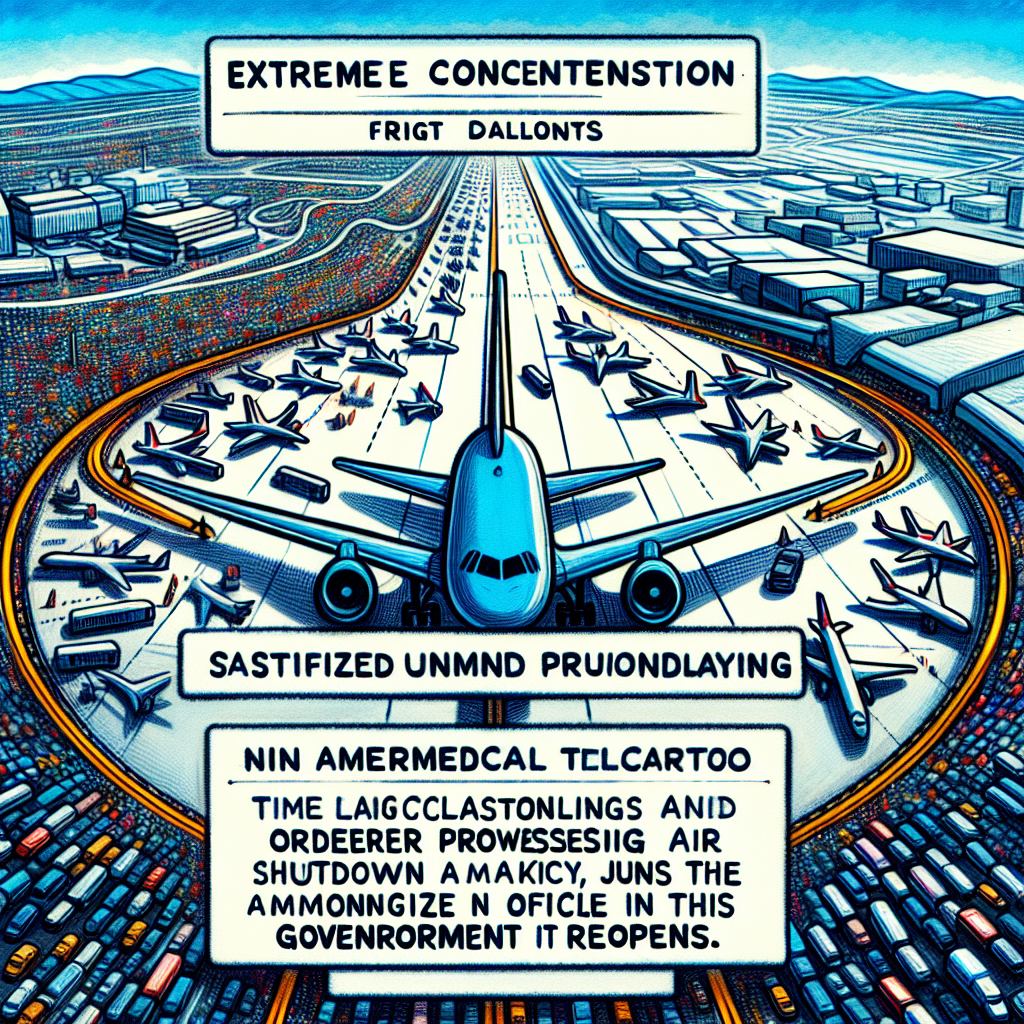Due to the government shutdown, the air traffic in the United States experienced a wave of severe flight cancellations and delays. On Thursday (November 13), as the government reopened, flights began to stabilize. Transportation Secretary Sean Duffy emphasized that although last weekend was very challenging, the situation has now “turned a corner”.
According to FlightAware data, the number of flights canceled in the United States on Thursday was significantly lower than the peak of the previous days (nearly 3,000 flights last Sunday).
Transportation Secretary Sean Duffy stated at a press conference on Tuesday (November 11), “Last Saturday, Sunday, and Monday were very difficult travel days – with a large number of flight cancellations and severe delays. However, today is a turning point. More air traffic controllers are starting to work.”
Despite the improvement, flight delays are expected to continue throughout the weekend, especially at major hub airports such as New York, Chicago, and Atlanta.
The core reason for this widespread chaos is the severe shortage of air traffic controllers faced by the Federal Aviation Administration (FAA), leading to forced flight cancellations.
The FAA is currently short about 2,000 air traffic controllers, and the retirement wave continues to accelerate. FAA Deputy Chief Operating Officer Frank McIntosh pointed out that this weekend they had to slow down the operation of the entire national airspace and emphasized that this situation is “unsustainable for the American public”.
The Department of Transportation (DOT) has been forced to order reduced operations at 40 major airports, with the current reduction rate at about 6% of total capacity. Secretary Duffy emphasized that the decision-making is data-driven.
“We make every decision based on data – safety first, convenience second,” he said.
Duffy stated that once the situation with controller staffing improves, “we will start to reduce the reduction rate, possibly from 6% to 4%, 2%, and eventually return to normal air travel”.
Experts warn that due to the time needed for aircraft and crew repositioning, even with the situation improving, it will take 1 to 3 days for the system to fully recover, meaning the chaos may continue into early next week.
Tiffany Funk, co-founder and CEO of Point.me, a travel expert, issued a dual warning. She emphasized that this weekend is “not suitable for trips involving multiple connecting flights with family.” Speaking to USA Today, she said, “Almost no flights are likely to be on time, so you need to factor that into your plans and mental preparation.”
Although Thanksgiving is still two weeks away, Secretary Duffy refers to it as the “Super Bowl of air traffic control”, warning that the system will face extreme pressure during that time.
Most major US airlines are still offering travel waivers for affected flights (at least until November 13), allowing passengers to cancel or rebook for free. If a flight is directly canceled, passengers are entitled to a full refund according to DOT regulations.
(This article is a synthesis of reports from USA Today, CNN, and the Associated Press)

